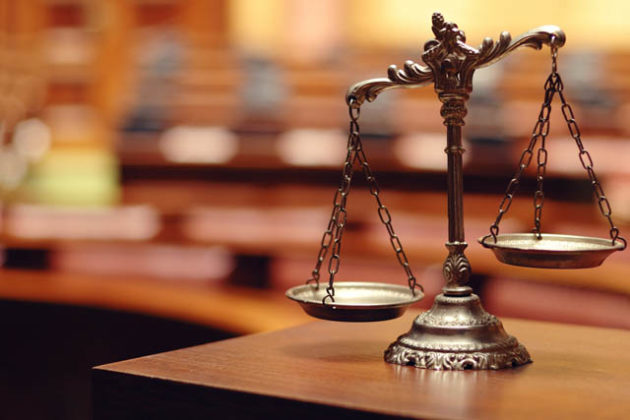THE EVOLUTION OF INDIA’S LEGAL SYSTEM: FROM ANCIENT TO MODERN TIMES
India has a rich and complex history of law and legal systems that has evolved over thousands of years. From ancient times to modern times, the legal system has undergone significant changes and influences from various rulers, religions, and social movements. This article will provide an overview of the evolution of India’s legal system, highlighting some of the key developments that have occurred over the centuries.
Ancient India
The legal system of ancient India was based on the Vedas, the oldest Hindu scriptures, which were written between 1500 and 1000 BCE. The Vedas contained various legal codes and practices that were used to govern society. The system of law was administered by priests, who were the most learned members of society.
One of the most famous legal texts from ancient India is the Manusmriti, which was written around 200 BCE. The Manusmriti is a collection of laws and codes that governed the lives of Hindus in ancient India. The text covers a wide range of topics, including marriage, property rights, and criminal law. It also outlines the caste system, which was an integral part of Hindu society.
Medieval India
During the medieval period, India was ruled by various dynasties and empires, including the Mughals, who ruled from the 16th to the 19th century. The Mughals introduced Islamic law, or sharia, which coexisted with the existing Hindu legal system.
The British Raj
In 1858, the British East India Company transferred power to the British Crown, which began the period of British rule in India known as the British Raj. The British introduced a new legal system that was based on English common law. They established courts and legal institutions that were modeled on the British system.
One of the most significant developments during the British Raj was the Indian Penal Code, which was introduced in 1860. The code was based on English common law and established a comprehensive system of criminal law in India. It defined crimes and punishments and established the principles of criminal liability.
The Indian Constitution
India gained independence from British rule in 1947, and the Indian Constitution was adopted in 1950. The Constitution established a democratic republic and provided for a system of government based on the principles of justice, liberty, and equality.
The Constitution also established an independent judiciary and provided for the separation of powers between the judiciary, the legislature, and the executive. It guaranteed fundamental rights to all citizens, including the right to life, liberty, and equality before the law.
Modern India
In the years since independence, India’s legal system has continued to evolve and adapt to changing circumstances. Significant legal reforms have been introduced, such as the Hindu Marriage Act of 1955, which abolished the caste system and established a uniform code for Hindu marriages.
In recent years, the Indian legal system has faced new challenges, such as increasing levels of corruption and the need to address the rights of marginalized communities. Efforts have been made to strengthen the legal system and make it more efficient and effective.
Conclusion
India’s legal system has undergone significant changes over the centuries, reflecting the influences of various rulers, religions, and social movements. Today, India’s legal system is a complex and dynamic system that is still evolving. While there are many challenges ahead, there is also great potential for the legal system to continue to adapt and meet the needs of a rapidly changing society.



